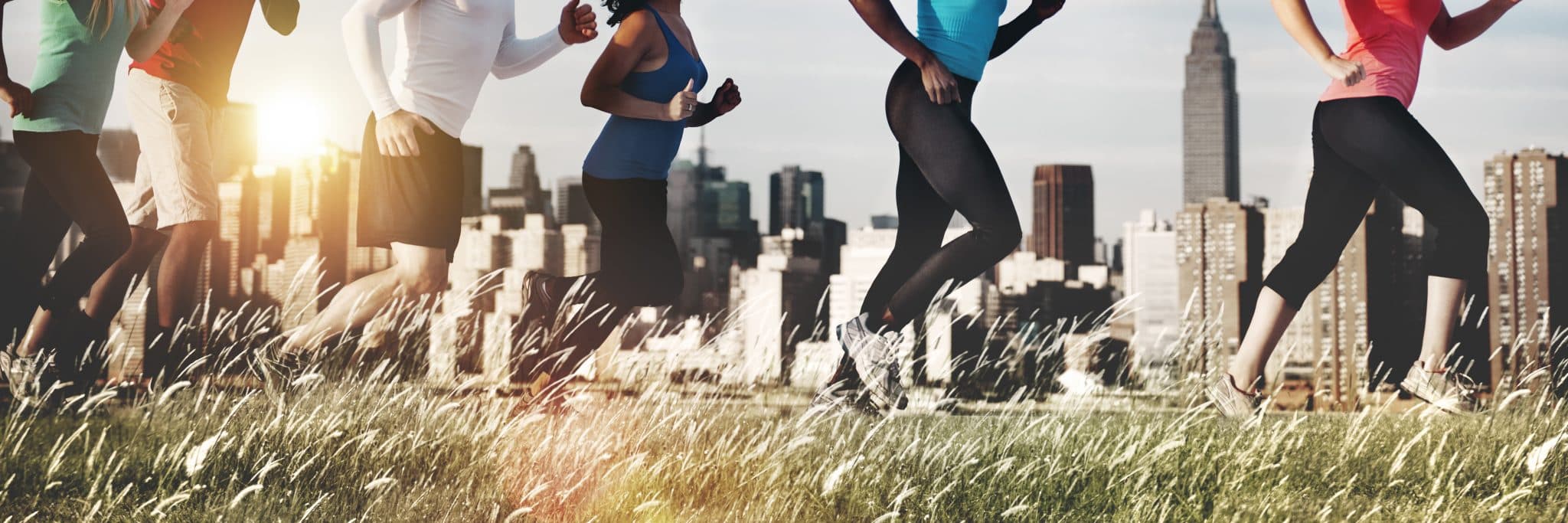
2025-06-10T13:54:10
Understanding Skin Grafts
- Dermatology
- Family Medicine
- Internal Medicine
- Orthopedics
April 4, 2017 | Orthopedics
Specialties:Orthopedics

Hip joints are very flexible and have a wide range of motion. While this makes your hip joints advantageous for many types of movement, it also leaves them susceptible to injury.
Running can take a toll on the ball-and-socket joint that makes up the hip. Every step taken while running puts pressure on the hip, and over time, this can cause wear and tear damage to one of the strongest joints in the body: the hip.
Hip pain and injury can be prevented or reduced with the right habits and preparation. Here’s a look at some of the primary causes of hip pain runners and other athletes experience and a few tips to help prevent further damage.
A variety of injuries can cause hip pain in runners. They include:
There are several preventive measures you can take to help avoid hip injuries:
Diet:
Foods that help give bones the nutrients and strength they need can be very helpful for supporting overall movement. Calcium and vitamin D are key to strong, healthy bones. Foods high in calcium include cheese, milk, dark green vegetables and yogurt. Things like eggs, cereal and fatty fish have lots of vitamin D.
Exercise:
Performing at least 150 minutes of moderate weight-bearing exercise per week can be highly beneficial to joint health. These exercises can include walking or jogging, dancing and lifting weights. The occasional resistance exercises are also recommended. Exercise programs will be different for everyone, but some common exercises for hip strength include:
Proper warm-up and cool-down is important, especially if you are trying new workouts or haven’t exercised in a while. If you’re wondering about a specific exercise program that’s right for you, speak to your doctor.
Alcohol and Smoking:
For men, no more than two alcoholic beverages per day are recommended, and only one drink per day for women. High alcohol intake can increase your risk of osteoporosis. Smoking should be avoided completely—like excess alcohol consumption, smoking can cause osteoporosis as well, but it can also damage the body’s ability to heal hip or other injuries as smoking limits blood supply.
If you’re concerned about hip pain speak to your doctor. He or she will help you come up with a treatment and prevention plan that will work best for your condition.
“Hip pain in children, teens, and young adults” Boston Children’s Hospital. https://www.childrenshospital.org/conditions-treatments/hip-pain
“7 Injuries That Could Be Causing Your Hip Pain.” New Mexico Orthopeadics. https://nmortho.com/7-injuries-causing-hip-pain/
WRITTEN BY:
The Live Better Team

2025-06-10T13:54:10

2024-06-21T14:29:51

2024-02-06T11:40:13

2023-03-30T11:23:12
This information is not intended to replace the advice of a medical professional. You should always consult your doctor before making decisions about your health.